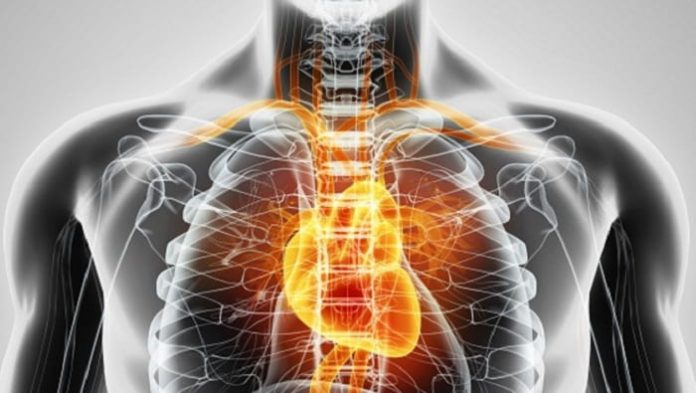EuroEcho-Imaging 2017 is set to reveal the most up-to-date science and technologies in cardiovascular imaging including the new field of phenomapping. The world’s largest cardiovascular imaging conference will be held 6 to 9 December in Lisbon, Portugal at the Centro de Congressos de Lisboa (CCL).
EuroEcho-Imaging is the annual meeting of the European Association of Cardiovascular Imaging (EACVI), a registered branch of the European Society of Cardiology (ESC). The full scientific programme is available here. The EuroEcho-Imaging 2017 mobile app can be downloaded from the App Store or Google play – search for ‘EuroEcho2017’.
“Clinicians, scientists and engineers from across the globe attend EuroEcho-Imaging,” said Professor Erwan Donal, Chairperson of the Scientific Programme Committee. “It is the place to see the most innovative imaging techniques in cardiovascular diseases and journalists will find plenty of fresh material.”
Phenomapping is an emerging field that will be discussed by specialists at the meeting. Using the statistical methods that condense large amounts of data from DNA sequences into understandable information, data from cardiac imaging (mainly echocardiography) is transformed into an ‘imaging phenotype’.
Professor Donal said: “This is a completely new area in cardiovascular imaging. International leaders will reveal how phenomapping can be used to personalise treatment for patients with cardiovascular disease.”
EuroEcho-Imaging is the place to be to meet world renowned global experts in the field of cardiovascular imaging. More than 3 200 healthcare professionals from over 90 countries are set to attend the four day event. Original research will be presented in the abstract programme and more than 150 scientific sessions will explore the hottest topics in cardiovascular imaging.
Subjects of interest to the press include the use of holograms and 3D printing to guide procedures such as repair of congenital heart defects and replacement of heart valves; use of imaging for early detection and prevention of heart damage caused by cancer treatment; and foetal cardiac magnetic resonance (CMR) and fusion imaging to improve diagnosis and treatment of congenital heart diseases.
The main themes of the congress are imaging in heart failure and interventional imaging. Cardiac imagers have played a key role in both areas, using echocardiography, cardiac computed tomography (CT), CMR, and nuclear imaging techniques to select patients and guide procedures. These include atrial fibrillation ablation, valve replacement, and implantation of cardiac resynchronisation therapy devices. Members of the press will hear the latest research in both fields.
Members of the press can get a look into the future by attending sessions held in collaboration with Computers in Cardiology, a group of scientists in engineering, physics and computer science who will discuss techniques on the horizon to improve the diagnosis, monitoring, and treatment of patients with cardiovascular disease.
Contentious issues will be debated giving media representatives both sides of the story. For example, should patients with coronary artery disease and heart failure receive revascularisation? Professor Donal said: “We don’t have convincing evidence on whether or not to treat the heart failure only. Those in favour of revascularisation argue that it improves ejection fraction and ameliorates heart failure. They will show how CMR can be used to assess viability of the myocardium and select candidates for revascularisation.”
Dr Philippe Pibarot from Quebec, Canada, will give the EuroEcho-Imaging lecture “Why and how cardiac imaging has revolutionised the management of aortic stenosis”.
Professor Donal said: “EuroEcho-Imaging will demonstrate how clinicians and scientists worldwide are using echocardiography, cardiac CT, CMR, and nuclear imaging to improve our understanding and treatment of cardiovascular diseases. This is the event of the year for breaking news in cardiovascular imaging.”
About the European Association of Cardiovascular Imaging
The European Association of Cardiovascular Imaging (formerly EAE) is a registered branch of the ESC. Its aim is to promote excellence in clinical diagnosis, research, technical development, and education in cardiovascular ultrasound and other imaging modalities in Europe.
About the European Society of Cardiology
The ESC brings together health care professionals from more than 140 countries, working to advance cardiovascular medicine and help people to live longer, healthier lives.

























